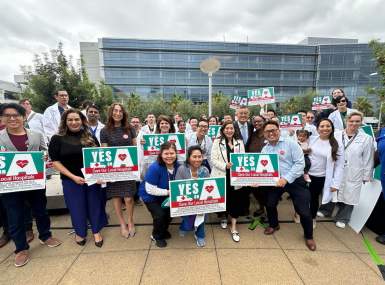Local Government ARPA Investment Tracker

Upcoming Events
Related News
The Local Government ARPA Investment Tracker is an online resource that compiles information from local governments to offer a detailed picture of how large cities and counties (with populations of at least 250,000) are deploying the American Rescue Plan Act (ARPA) State and Local Fiscal Recovery Fund dollars.
This tracker project is a partnership between Brookings Metro, the National Association of Counties, and the National League of Cities, aimed at highlighting innovative, evidence-based, well-targeted uses of ARPA funds.
About the Tracker
The Local Government ARPA Investment Tracker is an online resource that compiles information from local governments to offer a detailed picture of how large cities and counties (with populations of at least 250,000) are deploying the American Rescue Plan Act (ARPA) State and Local Fiscal Recovery Fund dollars.
This tracker project is a partnership between Brookings Metro, the National Association of Counties, and the National League of Cities, aimed at highlighting innovative, evidence-based, well-targeted uses of ARPA funds.
Resource
American Rescue Plan Resource Hub









